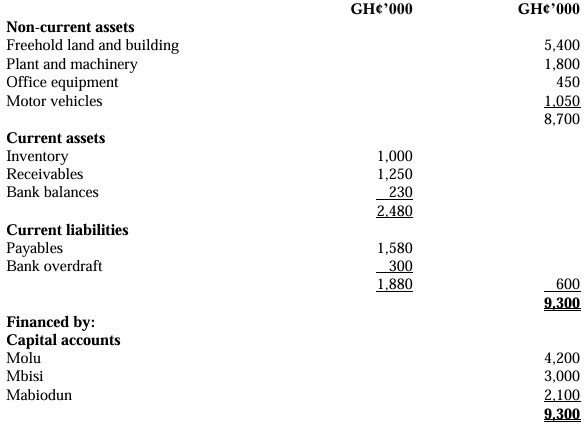- 5 Marks
FA – Nov 2024 – L1 – Q2b – Allowance for Receivables and Irrecoverable Debt
Prepare the allowance for receivables and irrecoverable debt expense accounts for a financial period.
Question
At 1 August 2023, the balance on the allowance for receivables account was GH¢12,600.
At 31 August 2023, the company’s management decided that the revised balance should be 10% of the month-end accounts receivable.
Required:
Prepare the Allowance for Receivables and Irrecoverable Debt Expense accounts, showing the necessary entries for the financial period ending 31 August 2023.
Find Related Questions by Tags, levels, etc.

